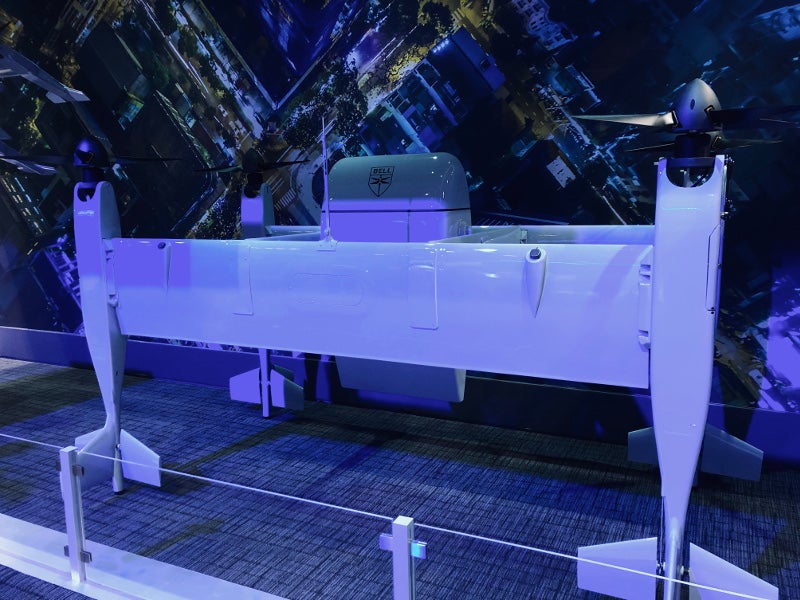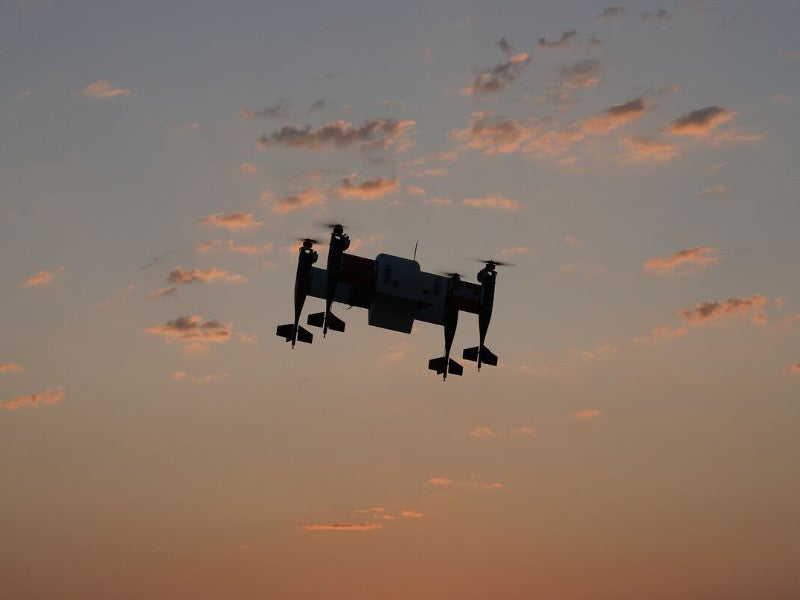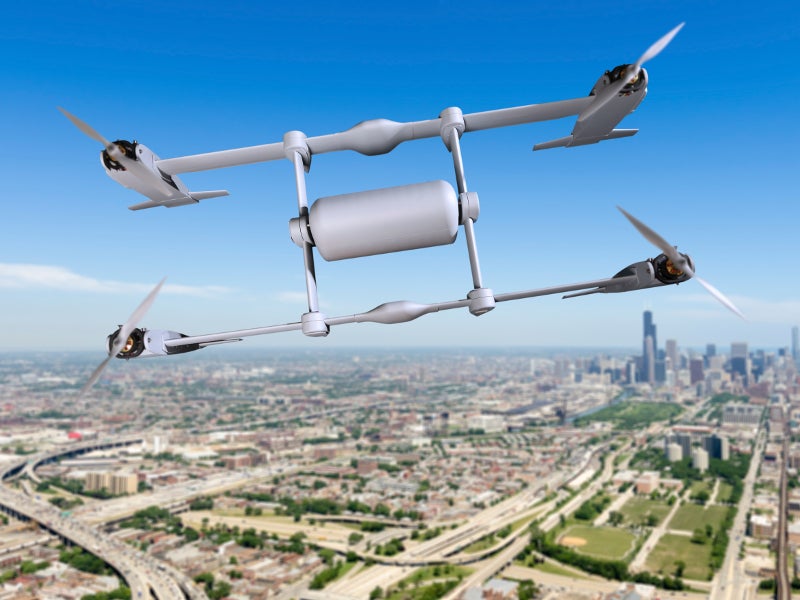Bell Autonomous Pod Transport (APT) 70 is a new unmanned aerial vehicle (UAV) being developed by Bell Textron, a wholly-owned subsidiary of Textron.
The vertical take-off landing (VTOL) UAV is designed to perform multiple missions, including package delivery, organic resupply operations and sustainment, critical medical transport, and disaster relief.
APT 70 made its first autonomous flight at Bell’s testing site near Fort Worth in August 2019. The aircraft flew with payload for the first time in October 2019. It carried a 27.2kg load during the flight.
In December 2019, Popular Science awarded the Bell Autonomous Pod Transport (APT) 70 with a Best of What’s New Award in the Aerospace category for 2019.
In February 2019, Bell Textron was selected by the National Aeronautics and Space Administration (NASA) to perform flights in 2020, under the Systems Integration and Operationalization (SIO) programme.
Bell is responsible for the design, production and systems integration, while Textron Systems is the supplier of command and control systems. Xwing delivers detect and avoid technologies (DAT) and CASA offers weather avoidance technology for the SIO demonstrations.
The flight tests are intended to demonstrate systems and technologies, such as radar/cameras and command and control to ensure the safe operation of UAVs in the National Airspace System (NAS).
Bell APT 70 design and features
The APT 70 unmanned aircraft features a unique tail-sitter design that allows the aircraft to take-off and land horizontally and tilt towards forward during the flight. The design improves energy consumption through its transition to a horizontal orientation after take-off.
The unmanned aircraft features a cargo pod in the centre. The aerodynamic design of the compartment reduces drag during the flight. The modular design enables quick reconfigurations according to the mission requirements.
The cargo drone has a height of 1.8m (6ft) and a wingspan of 2.74m (9ft). The maximum take-off weight (MTOW) of the UAV is 136kg (300lb).
Command and control of APT 70 UAV
VTOL aircraft is operated using a touch-screen control system. It is equipped with sensors to detect and avoid obstacles during the flight. The autonomous navigation of the UAV is supported by the global positioning system (GPS).
The single-user interface of the aircraft requires minimal operational support and ensures rapid deployment during resupply missions in small landing zones.
Payload aboard Bell APT 70
The detachable pod in the middle of the aircraft can accommodate payload. The pod can be modified to fit customer-specific mission requirements.
The aircraft is capable of transporting a cargo load of up to 32kg (70lb). It can be configured to carry time and value-sensitive medical products, such as blood and plasma.
Bell APT 70 propulsion and performance
Bell APT 70 unmanned aircraft is powered by an electric/hybrid propulsion system. Each wing is attached with an electric motor driving a two-bladed propeller. The VTOL platform supports quick battery swap and recharge, reducing turnaround time during missions. The tail-sitter design, in combination with electric/hybrid propulsion, ensures increased endurance, range and speed.
The UAV can fly at a maximum speed of 203.7km/h (110kt) and can attain a range of 56km when laden with maximum payload. The empty aircraft offers a range of more than 100km when fitted with an additional 32kg battery. The maximum endurance of the aircraft is 55 minutes.
The APT 70 can operate from confined spaces in remote locations. The road and runway-independent aircraft delivers unparalleled flexibility in challenging conditions.
It manoeuvres three times faster than a ground vehicle and two times faster than a conventional multirotor UAV.




